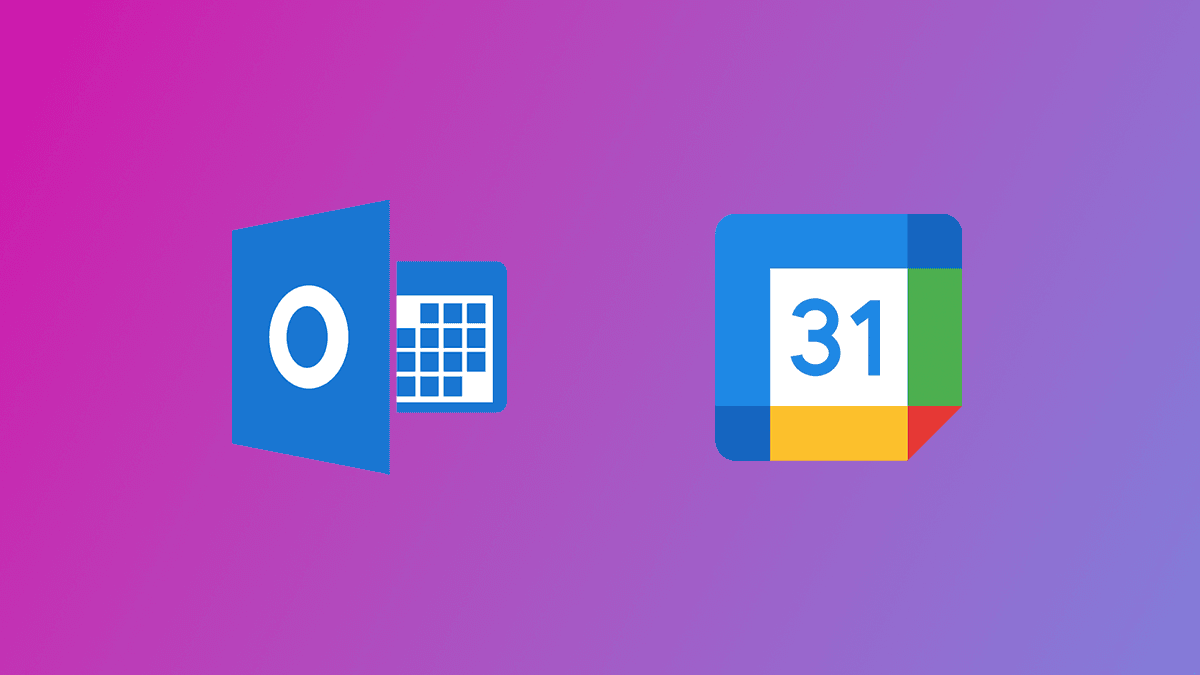July 1, 2024
How APIs Empower Startups and Drive Innovation
Discover how APIs are revolutionizing startups by enabling rapid innovation and cost-effective development. Learn why integrating existing API solutions like OnSched can deliver ROI from day one, minimize upfront investment, and reduce risk, all while avoiding common development pitfalls. Whether you're in tech, healthcare, or e-commerce, our flexible, powerful API solutions can accelerate your growth. Start your free trial today and see how OnSched can empower your business to succeed.
Strategies
4 Min Read
New startups and smaller players are disrupting industries faster than ever, thanks in part to APIs. Application programming interfaces are enabling startups, developers, and even individuals to build new products by unlocking access to powerful third-party software services. In this article we will give you five reasons why using an existing API solution is better and cheaper than building a feature from scratch.
1. ROI on day one
Diving deep from day one instead of spending countless hours on high-level system architecture design allows startups to discover existing solutions to their problem. Developers can try every single feature right away instead of designing it first. This process accelerates the development of the MVP, helps the team clearly define their own product, and leads to an overall better end-user experience.
2. Minimal upfront-investment and immediate access to the technology
Building a scheduling system in-house will take months before you are in a position to see a working proof of concept (deployed app with a connected database). The POC will cost tens of thousands of dollars and let’s not forget that sometimes projects unfortunately will fail. With a scheduling system like OnSched, you can stand-up your POC within hours – for free, while on the free trial.
3. Some products would have been financially unviable without API providers
There are many things that we will never consider building from scratch anymore. Think about credit card processing, sending text messages, or embedding a map on your website. Today you are going to integrate Stripe, Twilio, and Google Maps - and be up and running in days. On the other hand, with an in-house solution, just partnering with a bank for credit card processing or local carriers in countries you operate, will take months on its own.
4. Avoid mistakes that are already fixed
Some things you simply cannot predict and every software engineer knows that product development is not a clear path forward. Excellent planning skills will not change the fact that project costs balloon as more engineers and more dev hours are almost always required. Scheduling system development roadblocks such as timezones, juggling different databases, accounting for daylight savings, or getting Google’s approval on connecting to a user’s account are all a nightmare to slog through. APIs allow you to integrate proven technology in your application and get professional support when needed.
5. Reduce/low risk of investment
In the unfortunate event that user demand turns out to be lower than anticipated or if user-feedback is negative on your product suite, you can rest easy knowing that leveraging a scheduling API cost you significantly less than it would have if you built the entire thing from scratch. With those cost savings you are in a position to pivot and test new ideas and product modifications until you get it right. This is agile product development made possible with our cost effective API.
Conclusion
APIs have been around for a long time. They are the fastest, most flexible, and easiest way to integrate technology into your business. Dedicated APIs are the future and specialized companies behind them only keep growing and capitalizing on having a best-in-class product. If we were not convincing enough, it doesn’t cost anything to try out the OnSched API and schedule a call with our technical specialists.
How to get access to the OnSched API?
We love to guide our customers through the platform the first time they sign up. In order to gain free trial access to the OnSched API, book an intro call with our specialist. We promise it’s pressure-free 😉
Thoughtfully test the API for all of your user flows.
Request production server API keys when ready to go live.
If you have any questions about the OnSched API, we encourage you to book an intro call even if it’s not on your immediate roadmap - let's plan for the future!








